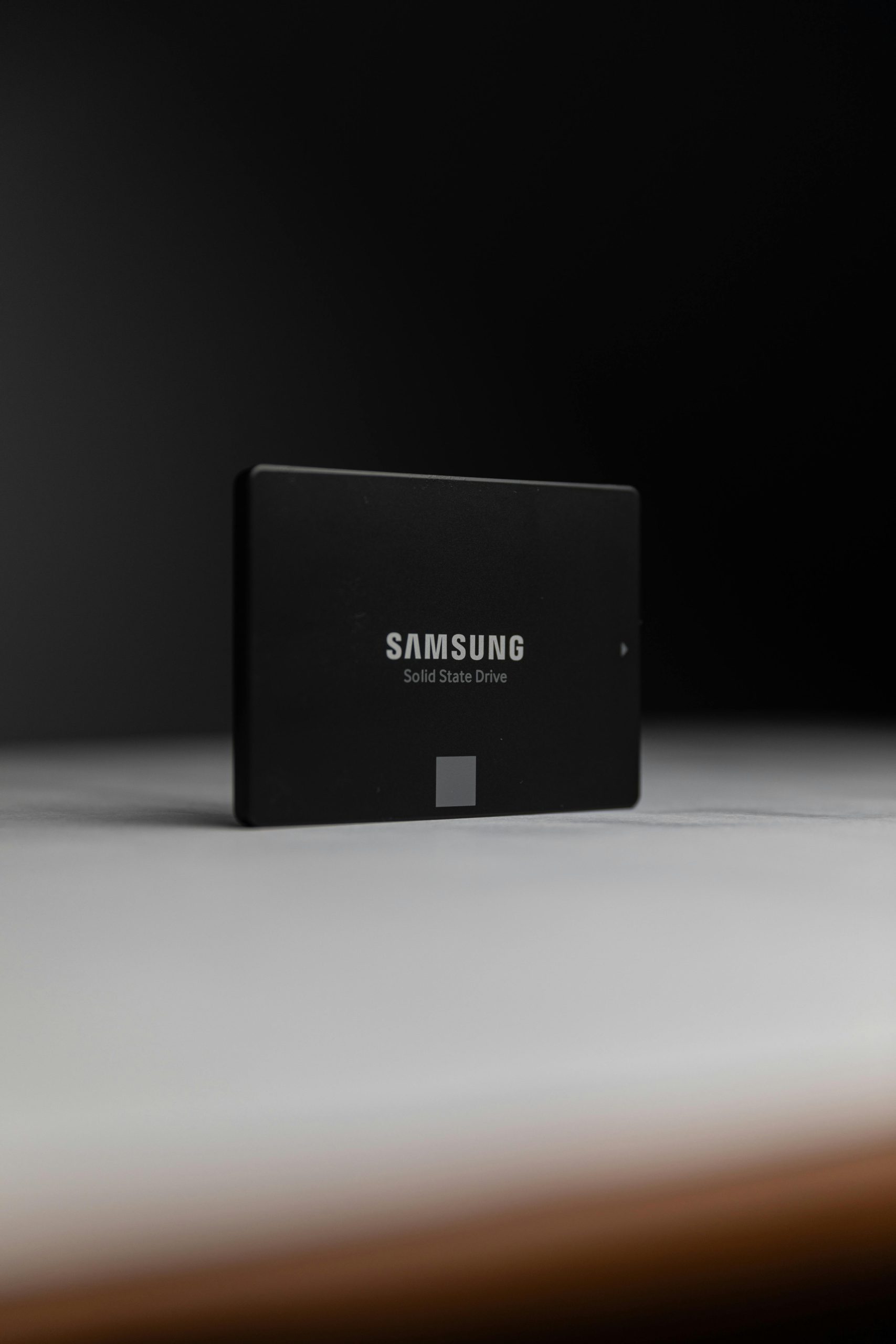Understanding the Impact of Interrupting the SSD Secure Erase Process and Best Practices for Transitioning Storage Devices
When transitioning a solid-state drive (SSD) to a new system, it’s common to consider securely erasing data to ensure privacy and system compatibility. However, interrupting this process prematurely can raise questions about potential data integrity and device health. In this article, we’ll explore the implications of halting a disk cleanup command mid-operation and provide guidance on safely preparing SSDs for transfer between systems.
The Context: Moving an SSD to a New System
Many users, especially those who build custom PCs or upgrade hardware, prefer to wipe their SSDs before installing them into a new device. This practice often aims to remove personal data, eliminate residual system files, and ensure a clean installation environment. It is crucial to understand how the erasure process works and what happens if it’s interrupted.
The Use of Diskpart’s clean all Command
In Windows, the diskpart utility includes the command clean all, which performs a secure wipe of the selected disk by overwriting all storage blocks with zeros. This process, while thorough, can take considerable time depending on the drive size. Running this command ensures that previous data, partitions, and traces are completely eradicated.
Consequences of Interrupting the clean all Operation
If the clean all process is halted prematurely—like closing the command prompt after only a few minutes—the SSD may not have been fully overwritten. This raises several considerations:
- Residual Data: Portions of data might remain intact, especially if the overwrite was incomplete.
- Partition Table Integrity: The drive may still contain partition information, which could cause issues during the next setup.
- Drive Health & Data Security: The drive’s physical health generally remains unaffected by stopping a wipe, but residual data might pose privacy concerns or interfere with clean installations.
Is the Partially Wiped SSD Safe to Use?
In most cases, a partially completed clean all does not harm the SSD physically or lead to functional issues when used in a new system. However, because the drive may still contain remnants of previous data or partition information, it could lead to complications such as:
- Boot or recognition issues during system installation
- Confusion in disk management tools
- Potential data recovery if residual information is sensitive
How to Confirm and Repair the Drive
To ensure your SSD is properly prepared, consider the following steps:
1.
Share this content:



